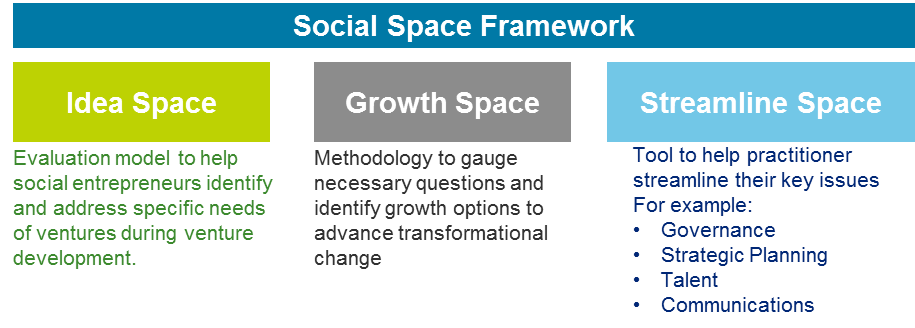I’ll open my writing with some common questions for NGO practitioner. Is this a good business idea? How I grow my organization? How can we work more efficiently? How to secure sustainable resource? These are common questions that NGO practitioner has. But, people who’re good on answering the questions, mostly situated in management positions and not within reach to help those NGO practitioners. That’s what I realize back then when I was working in management consultancy, and hence decide to lend my expertise to some of NGO and startup practitioner friends to support their strategy and management decisions to help them grow and create more impact to society.
And that’s the background of why I apply for YSEALI Fall 2015 Professional Fellowship Program, under economic empowerment cohort where I have a chance to learn about social consulting in Deloitte. Have been advising several organizations, and currently act as active chairman and advisor of Forum for Indonesia, I want to create more impact to Indonesia by built a team of social consultants / advisors to leverage more impacts to society. And to lead a team, I need to have strong fundamental of the subject. Understand well, teach, and leverage it with the team to create bigger impacts through the hands of more people which were the core future looking objective that I would like to achieve from my fellowship.
After month full of discussions with ~70 experts in the field, at the end fellowship we come up with tailored framework to support NGO. We call this framework as social space framework as the capability is to help NGO practitioner to tackle their issue on each sections that we define as spaces. Start from idea, growth, and streamline space. For more information, kindly refer to figure 1.
Figure 1: Social space framework
The journey has been worthwhile, the product has been well made, and now it’s time to leverage this learning into impact. A good friend in Deloitte pose this question “If what you’re passionate on is strategy consulting and advisory, how big is the impact you could do if you do it alone?” and that’s make sense. Framework is just the first step on the whole impact proposition. The important next step is on how the framework could be leveraged to gather and enable more NGO pro bono consultants. I might have the capability because of the social enterprise related pro bono work that I’ve done, but the real impact would be realized if we able to gather and enable more creative minds to create bigger impact. To borrow Deloitte tagline, it is time to make impact that matters! Thanks a lot Deloitte, US State Department, and American Councils, for the opportunity of attending YSEALI PFP program. It’s surely something that leaps my perspective by miles!



